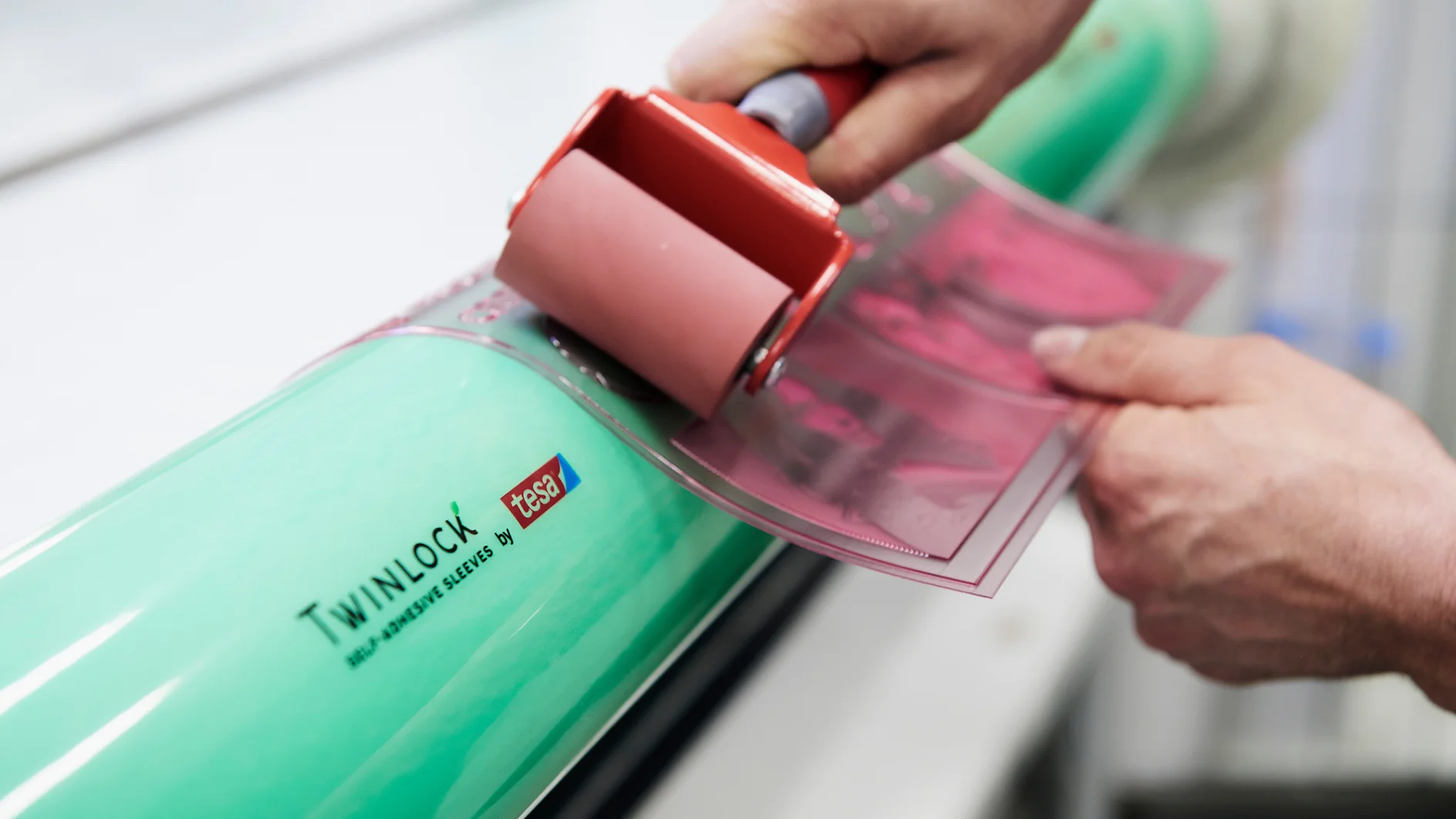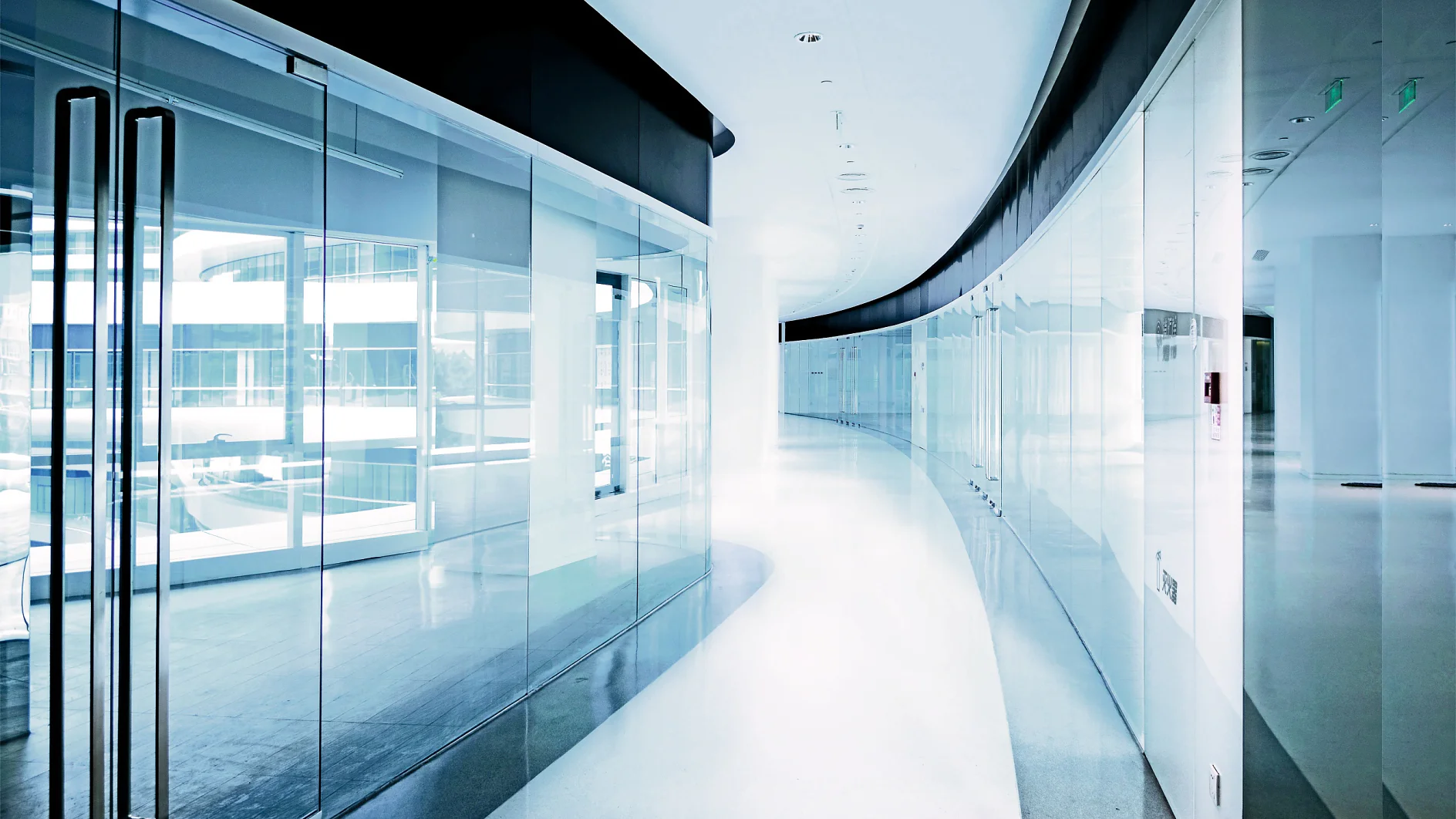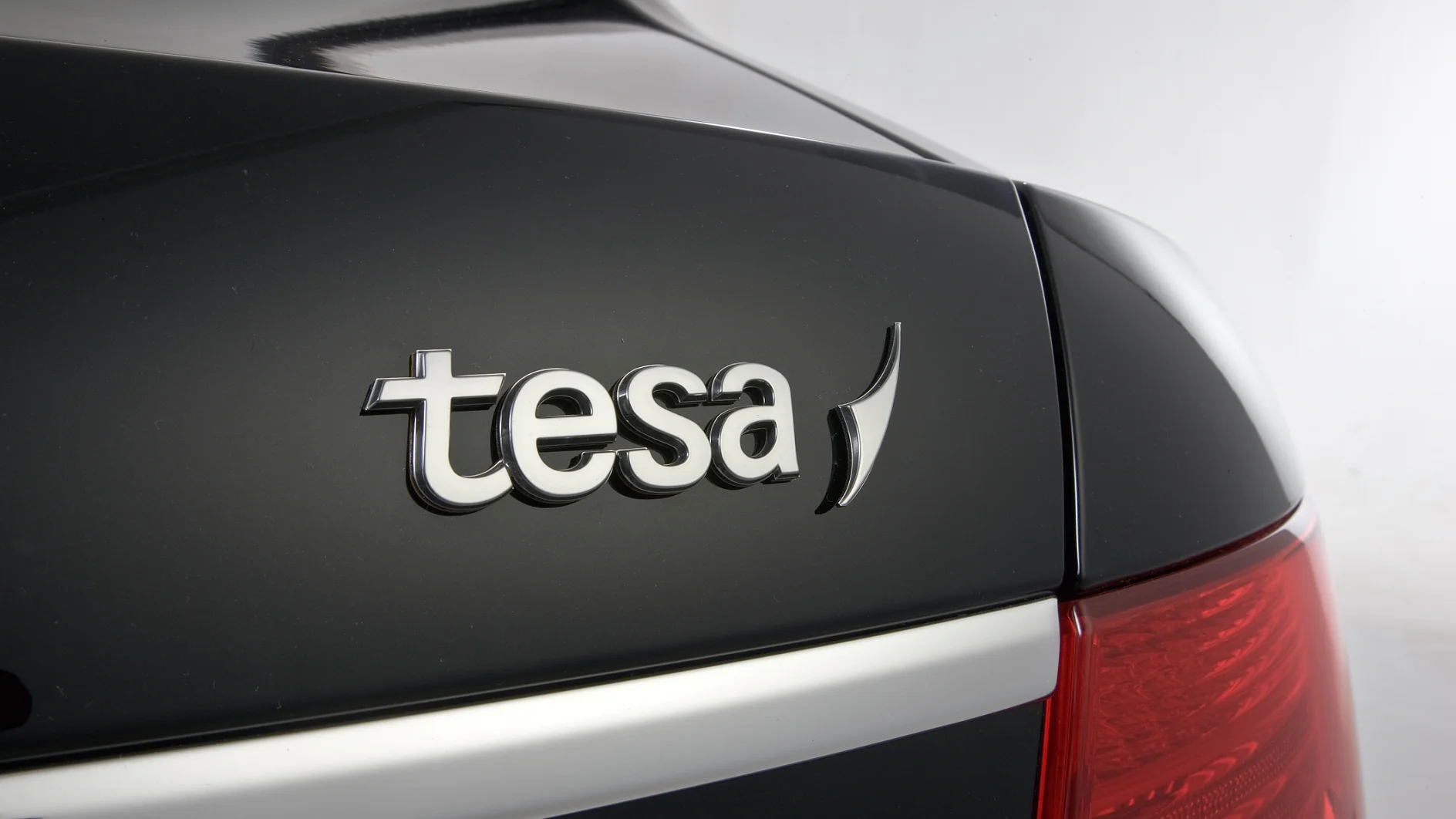01Filmic tapes
are relatively thin and dimensionally stable. They are ideal for bonding to glass, metal, and plastics.

Our tesa® mounting tapes are flexible and allow you to create a powerful and long-lasting bond to a wide combination of smooth and rough surfaces with different surface energies. Easy-to-use heavy-duty mounting tapes are engineered to take extreme stress if needed. Mounting tapes easily cope with a wide range of challenging environmental factors, including high temperatures, humidity, and concentrated UV light.
Of course, if you are looking for a temporary solution, we offer removable double-sided mounting tapes that offer the same strong adhesion and reliability but leave no residue after they are removed.
Our mounting tapes offer highly secure, reliable adhesion suitable for a range of surfaces, environments, or area/load ratios. They boast a choice of thicknesses, widths, and backings, as well as key features such as:
Our product and technology development department at tesa has produced a range of tape solutions for various industrial mounting applications. Together with our customers, we assess handheld or fully automated application solutions to find the best one to suit their needs. Whether you are looking to bond decorative or protective profiles and moldings in the transportation or furniture industry, mount plastic-parts in the car industry or fixing lenses to mobile-phone housings: We have you covered.

Marcus Koppen
Plate mounting
Achieve the best printing results with our tesa® plate mounting tapes and self-adhesive sleeves featuring high quality foams to meet the exact demands of flexographic packaging and label printing.

Glass mounting
If you are looking for a fast and flexible way to mount decorative panels or glass elements, we have near-invisible industrial solutions that offer a durable, reliable hold.
Read more about glass mounting applications.

Emblem mounting
Mount emblems with ease, using tapes from tesa® specifically designed for the manufacturing, electronics, automotive and transport sectors.
Read more about emblem mounting applications.
Whether you are looking for heavy-duty mounting tape or need a specific rubber or acrylic-based adhesive for your application, we are sure to have the right solution for you. Make use of our product finder to identify your best possible option.
Trust our tesa® quality, performance, and strength for your next mounting and bonding application. Our double-sided mounting tapes produce aspirational results in many industrial processes. However, should you need a bespoke mounting solution, tesa® will work with you to understand your requirements to relieve your process bottleneck.